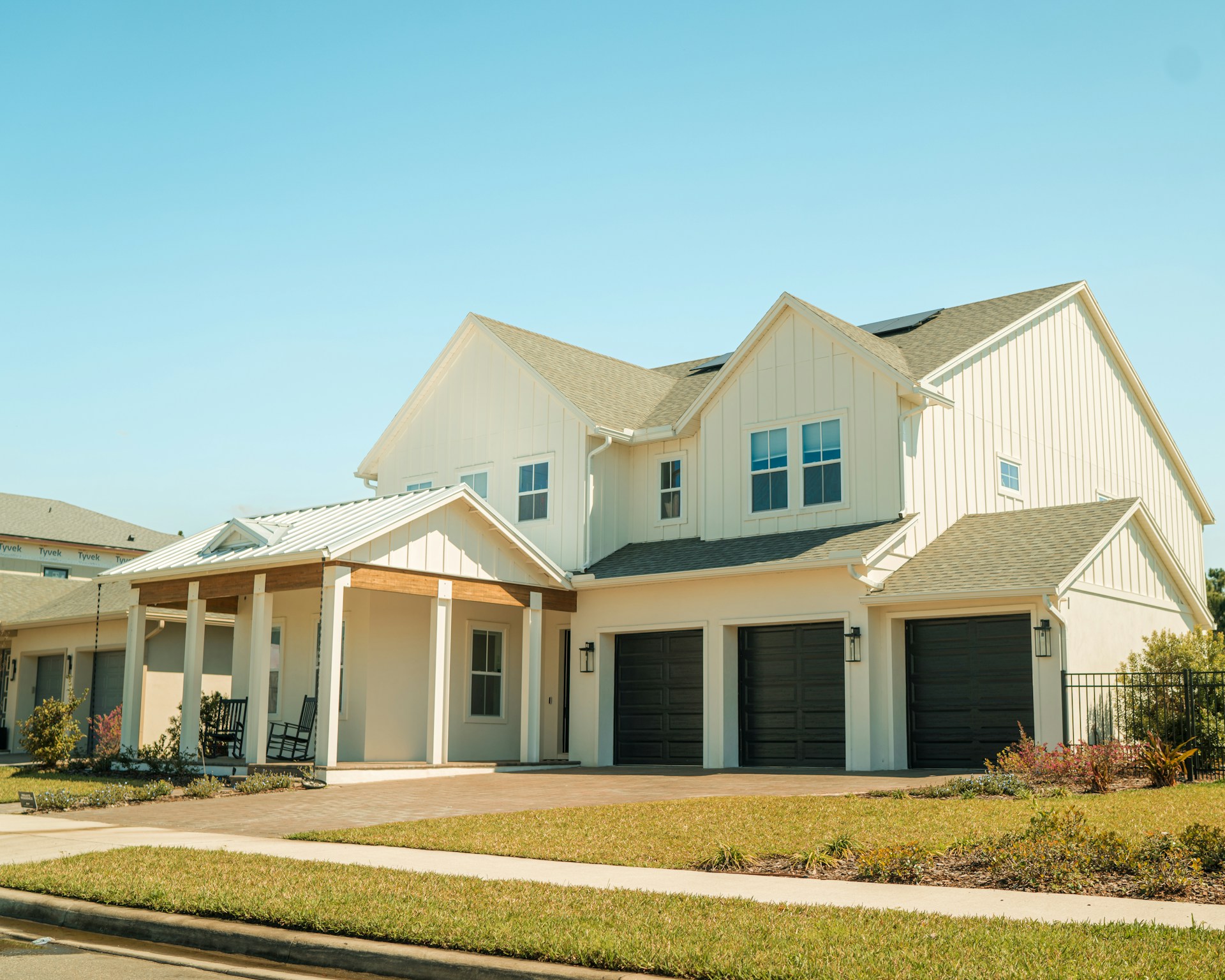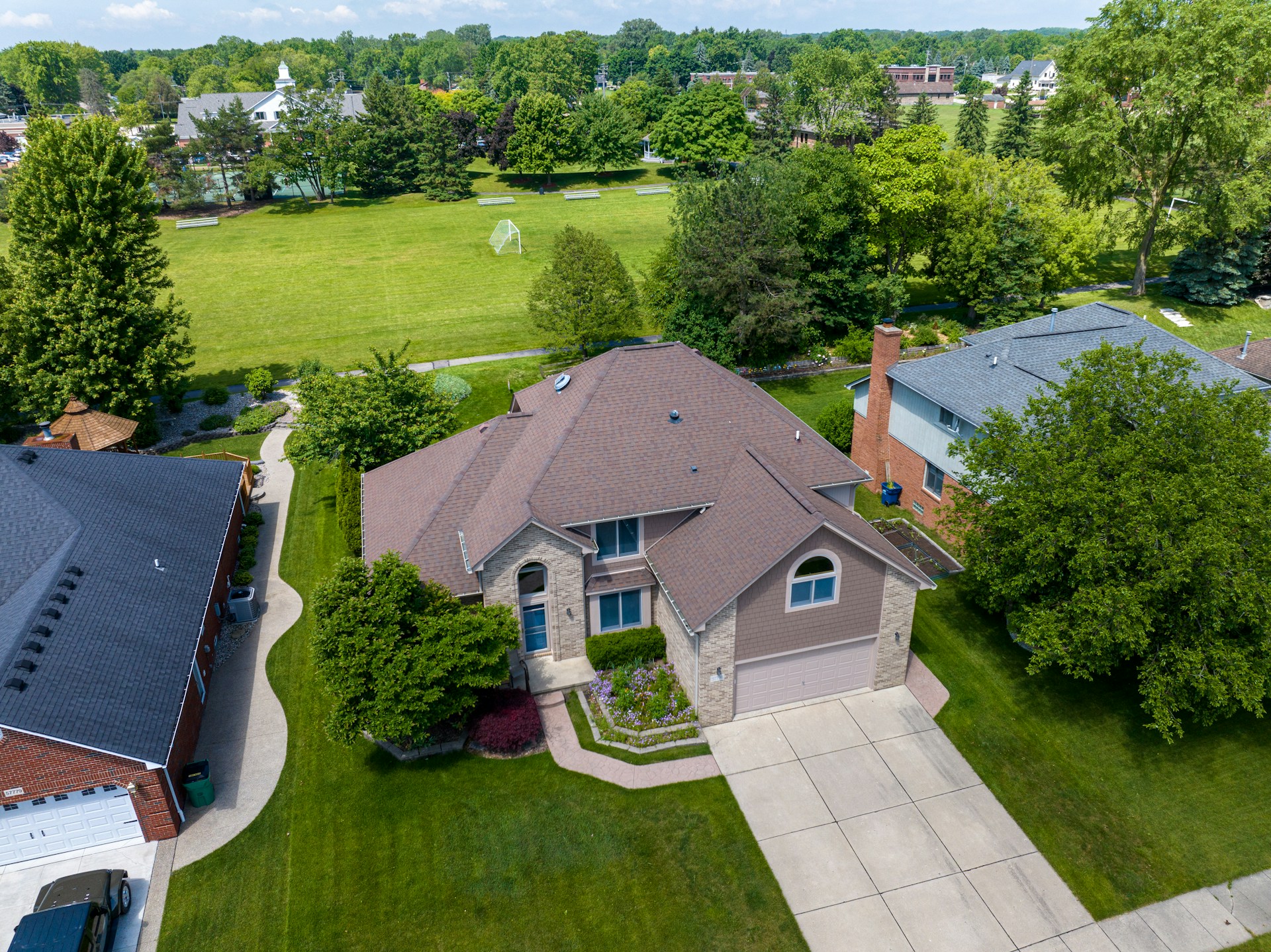You’ve probably heard the advice: “Get three quotes.” And it’s still good advice. But what happens when those quotes come back and they’re all over the place? One company says $10,000. Another is at $13,000. Then the last one comes in at $18,000 or even more. Why the huge spread?
Most homeowners are left wondering: am I getting ripped off… or are they cutting corners?
This is one of the most common—and confusing—parts of buying a roof. The reality is: price differences between roofers can be completely legitimate… or a major red flag. So how do you know which is which?
Let’s break it down.
The Goldilocks Dilemma: Too High, Too Low, or Just Right?
When homeowners get three quotes, the pattern is familiar. One’s low, one’s high, one’s in the middle. And just like Goldilocks, many people go for the one in the middle thinking it’s “just right.”
But pricing doesn’t always follow logic. The high bid isn’t always a rip-off. The low one isn’t always a deal. And the middle one isn’t always the sweet spot. It’s all about what’s behind those numbers.
That’s where the real digging starts.
Step One: Compare What’s Included
The first thing you want to do is compare the quotes apples to apples. And I mean truly apples to apples.
Start with the shingles. What kind of shingles are they quoting? Are you getting a 3-tab on one quote and a designer shingle on the other? One might be offering a builder-grade product, while the other’s using a Class 4 impact-rated shingle with better wind resistance and a longer warranty.
Even if they’re both quoting the same brand—say Owens Corning Duration—are they also using the same ridge cap, starter strip, underlayment, ventilation, and flashing materials?
One contractor might be quoting a full system with all upgraded accessories. The other might be using off-brand or generic parts you’ve never heard of. That alone can be worth thousands.
So before you jump at the number, ask: What exactly am I getting?
Big Company vs. Small Company: Understanding Overhead
Now, even if the materials and scope are identical, there can still be a big difference in price—and here’s why:
Overhead.
One company might have a huge office building on a busy street, a big sales staff, crews in logo trucks, call center reps, and expensive TV ads. All of that overhead has to be paid for somehow—and guess who pays for it? You do.
Meanwhile, another company might run lean—no office, no commissioned salespeople, fewer trucks, less advertising. If the owner is the same person quoting and running the job, that company can afford to charge less and still deliver the same result.
Neither setup is necessarily wrong. But you need to understand who’s behind the number.
Selling Monthly Payments vs. Selling Value

Here’s something else we see all the time in roofing: companies that don’t sell based on the job total—they sell based on monthly payments.
They might say, “We can get you this roof for just $119/month!” And to some people, that’s appealing—especially if you’re not paying in cash.
But here’s the catch: companies offering “super low monthly payments” are usually using third-party financing programs that charge dealer fees. And those fees are real. It’s not uncommon to see dealer fees of 5%, 10%, or even 20% tacked onto your project cost—just for the privilege of getting that low monthly payment.
That means your $15,000 roof might cost you $18,000 or more—just because of how it was financed.
Financing isn’t a bad thing. But it should be transparent. At Roofs Made Easy, we offer financing too—but we don’t hide the cost of it in your quote. You’ll always know what you’re paying and why.
Sales Commissions: The Hidden Cost Most Homeowners Never Think About
Let’s talk about sales reps.
In the roofing world, salespeople are often paid on commission—either a percentage of the job total (say, 7–15%) or a cut of the profit (sometimes up to 50%).
That means the person sitting across from you at the kitchen table could be pocketing $1,500 to $3,000 or more just from selling your job. Not managing it. Not installing it. Just selling it.
And of course, that commission is baked into your price.
That’s not necessarily a bad thing—but it’s something homeowners almost never think about. High-commission sales structures often result in inflated prices to cover everyone’s paycheck.
At Roofs Made Easy, we don’t work on traditional commissions. Our goal is to offer transparent pricing without inflating it just to cover a sales rep.
Why Low Bids Aren’t Always a Deal
Let’s flip the script.
Why is one bid so much lower?
In many cases, it’s because something is missing.
We’ve seen quotes that leave out:
- Permits
- Dump fees
- Flashing replacement
- Ice and water shield
- Tear-off on parts of the roof (yes, really)
Sometimes companies will intentionally leave these out so their quote looks cheaper—then they add them later as change orders. Or worse, they skip them entirely during installation, and the homeowner never knows.
In some cases, contractors will reuse your existing flashing or pipe boots instead of replacing them. That saves money—but it also compromises the roof.
Or they’ll tell you they’re doing a full tear-off, and only tear off the front side while you’re at work. We’ve seen it happen.
The truth is, some contractors count on the fact that most homeowners don’t know what to look for—and that they’ll pick the lowest number without asking enough questions.
How to Compare Roofing Quotes the Right Way

Here’s how to do it the right way. Ask every company these questions:
- What type of shingle are you installing? Brand and series.
- Are you using matching branded accessories or off-brand parts?
- What kind of underlayment are you using—synthetic or felt?
- Are you using ice and water shield? Where?
- Are you replacing all flashing or reusing old metal?
- What’s your ventilation plan?
- Is this a full tear-off down to the decking?
- Are dump fees, taxes, and permits included in the price?
- Is financing optional or built-in?
- If hidden issues are found, how are they priced?
If a contractor can’t clearly answer these questions—they’re either hiding something or don’t know their own product well enough.
At Roofs Made Easy, Here’s How We Do It Differently
We lay everything out clearly, line by line. We include all the components that should be there on every job: proper flashing, synthetic underlayment, ice and water shield, proper ventilation, and full tear-off.
We don’t do “starting at” pricing. We give you a real number based on your real home.
And if there’s an issue once the shingles come off—like rotted decking—we show you exactly what needs to be done, and we do it at cost. That means you don’t get hit with a surprise 50% markup like you might with other companies.
We don’t pad change orders. We don’t play games with pricing. And we don’t try to sell you things you don’t need.
In Closing
Roof quotes vary for all kinds of reasons—some good, some shady.
Sometimes it’s overhead. Sometimes it’s commissions. Sometimes it’s financing structure. And sometimes it’s just a matter of what’s being included—or left out.
If you’re comparing bids, take the time to understand what’s inside the quote. Ask the right questions. Look beyond the number.
And if you want a quote that’s fair, clear, and transparent—reach out to us at Roofs Made Easy.
We’ll walk you through it. No pressure. No hidden fees. Just simple, honest roofing.
That’s roofing made easy.
